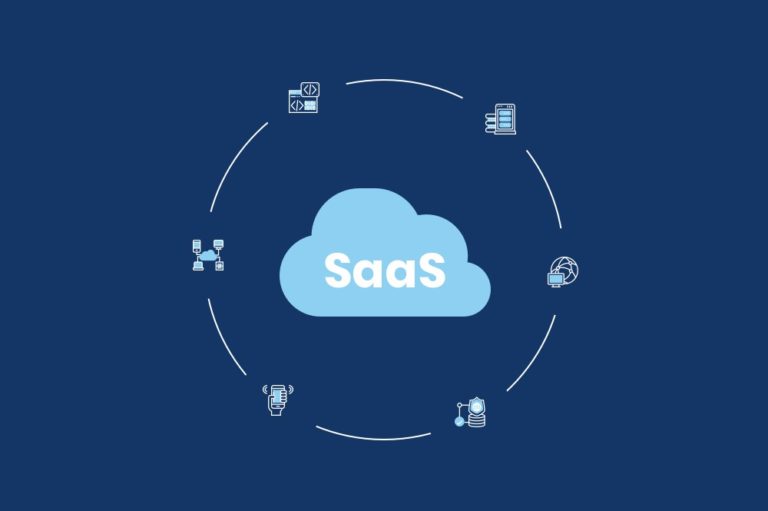The SaaS model is a new way to provide business software. It allows consumers to use a provider’s applications through a web browser or program interface. In addition, consumers don’t manage the underlying cloud infrastructure, such as servers, operating systems, or storage, and they don’t have to worry about implementing or upgrading software. In addition, consumers don’t need to worry about maintaining the individual application’s capabilities. However, the user-specific configuration settings for certain applications may be user-specific.
The SaaS model is flexible, with different contracts and scalability. Unlike traditional software solutions, SaaS solutions can be tailored to fit the needs of any size business. These applications can be hosted anywhere in the world, so they don’t require new hardware or data servers. Some of these services are web-based, so they can be accessed with standard consumer-grade web browsers. Moreover, many SaaS contracts are month-to-month or pay-as-you-go. Regardless of your needs, a SaaS subscription offers flexibility and a risk-free trial.
One major advantage of SaaS is that it can be upgraded without any involvement from the end-user. The vendor of the SaaS automatically upgrades the software, and upgrades are applied to all instances of the product. Previously, localized desktop applications worked well. The web-based model, cloud computing, and fast internet speeds have made traditional software solutions obsolete. In this way, SaaS provides an alternative, more efficient way to deliver business software.
The main benefit of SaaS is that the software provider will not have to maintain and update the software for every user. This allows for a more affordable pricing for all sizes of businesses. In addition, the users can access services that are generally unavailable to them. Using SaaS also enhances business services, productivity, and opportunities in general. So, there is no need for a software upgrade anymore. If you use a SaaS solution, you’ll save a ton of money in the long run.
In addition to cost savings, SaaS applications allow businesses to use the latest version of their software without having to invest in new hardware and data servers. In addition, businesses don’t have to maintain the software, and a SaaS provider will automatically update it for them. And if the technology changes, it will automatically update all instances. This makes it much more affordable for businesses. There are also fewer maintenance costs associated with SaaS.
While the SaaS model is based on a multi-tenant model, it is still possible for businesses to use a SaaS product. The software that is offered as a service can be accessed through a web browser or a thin-client terminal. This means that a SaaS solution can be more effective for businesses with a limited budget. This is a significant benefit that is only available to companies that use SaaS.
